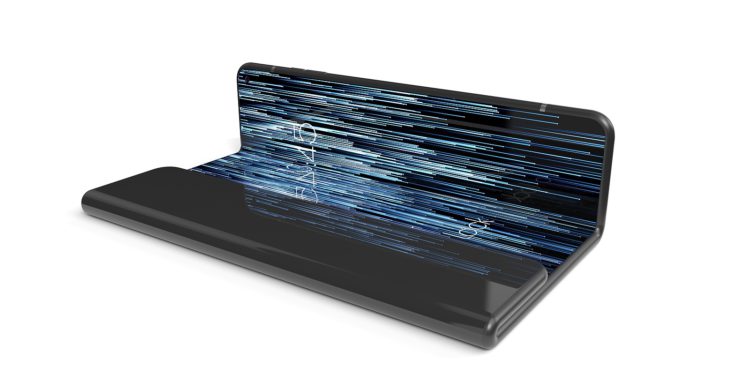According to a new report, Apple has begun developing thinner OLED panels that could be used for foldable displays in the future.
Loud The Elec Apple is developing OLED panels without polarizers, which are typically built in to only allow light from certain directions to pass through, improving the visibility of the display. One downside of the polarizer films is that they reduce the brightness and thus the light efficiency of the panel. To compensate for this, manufacturers typically increase the power consumption of the panel, but this can reduce its lifespan. By removing the polarizer, Apple can make the panels significantly thinner, making them more optimal for foldable panels, the report said, citing sources in the supply chain.
Foldable iPhones, iPads and MacBooks
Apple could also theoretically use another technology that has a similar effect to a polarizer and avoids the above-mentioned drawbacks. According to The Elec, Samsung has already used OLED panels without polarizers for the Galaxy Z Fold 3, using its "Eco Square" technology that increases light transmission while reducing power consumption. A report from The Elec last month claimed that Apple is working with LG to develop a foldable OLED display with an ultra-thin cover glass for future iPad and MacBook models. However, the website said that the panel used would include an ultra-thin cover glass instead of polyimide, which most other foldable displays currently use. A recent report from display analyst Ross Young said that Apple is considering foldable notebooks with a screen size of around 20 inches.
For Apple it would be a completely new product category
Young believes that these devices could form a whole new product category for Apple and lead to a dual-use product that can be used as a notebook with a full-size on-screen keyboard when folded, and as a monitor with an external keyboard when unfolded. Analyst Ming-Chi Kuo also believes that Apple is testing a device with a foldable 9-inch OLED display with a PPI somewhere between the iPhone and the iPad. Kuo believes that when developing foldable products, Apple will first focus on mid-size devices, followed by devices with larger displays, before finally moving on to small devices like the iPhone. (Photo by kamils / Bigstockphoto)





